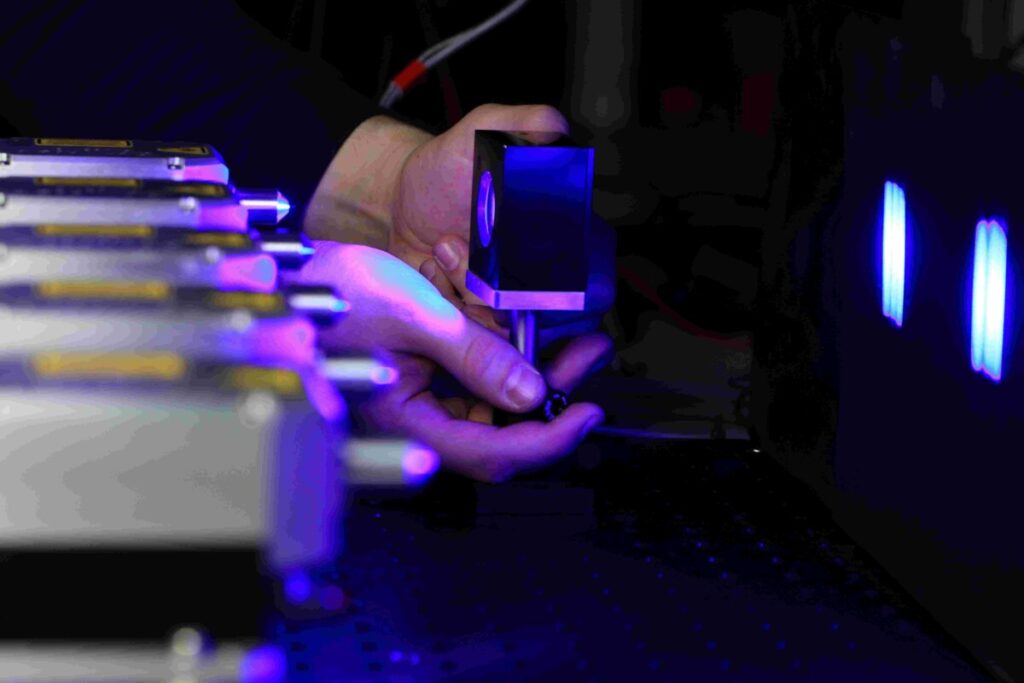3D Printing Technology: Shaping the Future of Innovation
Introduction
What if you could decide to rotate a shape in your mind and an actual object appear in front of you in hours? This is no more a pipe dream but reality in the material world we live in today through 3D printing technology. Technology influencing the future is now revolutionizing. Such areas as medicine and production, fashion, and construction. Technology such as 3D printing creates things through layers. By layer accumulation of digital models, meaninglessness is made possible.
As industries start implementing this technology,. It should be important to know the strengths and weaknesses of the technology being applied. Here in this blog, I will try to discuss all about 3D printing technology. What it is, how it works, where it is used, etc. So if you are a businessperson, an IT geek, or a student, then this technology has something for you. In these articles below, you will learn more about how that is changing the world.
What is 3D Printing Technology?
The Fundamentals of 3D Printing
3D printing technology, also known as additive manufacturing. It is a technology by which an object from a digital model builds an object layer by layer. In contrast with conventional manufacturing. which involved slicing, joining, or forming through molding of the material. 3D printing builds up materials where it is required.
It starts with a digital design file, which is then cut into layers in preparation for printing. In fact, a 3D printer just acts on these instructions, depositing some materials. such as plastic, metal, or resin, to build the object.
Why is it called additive manufacturing?
The term “additive” is derived from the manner. In which layers of material are placed in the final products. Unlike the conventional techniques, which subtract material. This approach is cost-effective and generates less waste as compared to the other approaches.
Innovations in 3D Printing Technology
Advanced Materials for 3D Printing
Initially, 3D printers were limited to plastic, but innovations have introduced diverse materials, including:
-
Metals: aerospace and autograde titanium, aluminum, and steel.
-
Biomaterials: Applied in the manufacturing of prostheses, implants, and even tissue.
-
Sustainable Options: used plastics and environmentally degradable polymers for sustainable manufacturing.
Speed and Efficiency
Ubiquitous high-speed 3D printers are now cutting down cycle time significantly. Allowing prototypes and end-use parts to be produced within hours.
Multi-Material Printing
Current printers can print with different materials simultaneously. Allowing for versatile prints with distinct characteristics, such as flexibility and sturdiness.
AI Integration
Artificial intelligence has been gradually implemented in 3D printing technology. To make manufacturing intelligent by minimizing errors.
Applications of 3D Printing Technology
1. Healthcare
Of all, perhaps none has been as significant as the use of 3D printing technology in healthcare. Key advancements include:
-
Prosthetics: Individual prosthetic limbs that are used by unique patients.
-
Surgical Models: Such preoperative models as 3D allow surgeons to plan and rehearse surgeries.
-
Medical Implants: Implantation of dental implants and orthopedic devices. Which minimally can be custom made.
2. Manufacturing
Another advantage of additive manufacturing is that. It shortens subsequent prototyping and production time. Manufacturers can develop actual product models in 3D printing prototypes. Which allows industries to test and apply improvements.
3. Education and Research
Schools and colleges use 3D printing technology. In order to improve science and technology, engineering, and mathematics learning. Students are able to develop tangible models of ideas. Meaning that higher creativity and innovation may be achieved.
4. Creative Industries
Fashion designers, architects, and artists are some of the people. Who employs 3D printing technology in designing their items? Be it delicate gems and metals or the principles of construction. This technology does redefine what possibilities creativity consists of.
5. Aerospace and Automotive
This new technology is changing the aerospace and automotive industries. In aspects of manufacturing of lightweight and durable parts. Huge industry players Boeing and Tesla, for instance, apply additive manufacturing for innovation.
6. Construction
Precisely, innovations such as 3D printing technology are being incorporated by the construction sector. For faster and cheaper construction of habitation structures. And decreased utilization of materials.
7. Food Industry
Yes, even food! Nowadays 3D printing is applied to food design, portioned and customized meals, as well as in-situ bio-printed meat.

Benefits of 3D Printing Technology
1. Customization at Scale
One of the standout benefits of 3D printing is its ability to create highly customized products. whether for medical, fashion, or industrial use.
2. Cost-Efficiency
Cutting on expending time and material, 3D printing technology lowers cost for consumers and producers.
3. Environmental Sustainability
Sustainable 3D printing has begun. Therefore, it is environmentally friendly regarding the material support. And the cut on waste is, more so, ‘greener’ than conventional methods of production.
4. Rapid Prototyping
Products can be designed, prototyped and tweaked without delay. Allowing businesses to rev up the innovation cycle and get their products to the market sooner.
5. Accessibility
Professional desktop 3D printers onboard complex additive manufacturing solutions. For SMBs, new-age enterprises, and even enthusiasts.
Challenges of 3D Printing Technology
1. High Initial Investment
While costs have come down, quality printers and the material used in printing are expensive.
2. Limited Materials
As 3D printing materials get expanded. Some industries may need materials that are not suitable for the current application.
3. Intellectual Property Issues
Copying designs means violation of copyright and compromise of data.
4. Technical Expertise
It is somehow challenging for the beginner to use. Since it demands knowledge of the design software and the machines that are used in the operation of the 3D printer.
Future Trends in 3D Printing Technology
1. Mass Customization
As the technology advances, continuous production is needed to meet customer needs. And demands will be the standard in production.
2. Bioprinting
Current advancements and the advancements that are to come feature 3D bioprinted tissues, organs. And other biological formations, which could help save thousands of lives.
3. 4D Printing
The next frontier is 4D printing. When the material itself changes or gains a new function over time. Robotics and healthcare are expected to benefit from it.
4. AI and IoT Integration
The fusion of 3D printing technology with AI and the Internet of Things (IoT) will enhance dependent systems. That will be devised for learning capabilities.
Conclusion
3D printing technology is a pioneering technology in healthcare. And all other sectors, ranging from education systems. Through creating customized efficient and sustainable production solutions. Generative design has revolutionized the way manufacturing and innovation are viewed.
With time, use of this technology will be even more widespread. Thus becoming an important asset in business, education, and general innovation. Ready to embrace the future? Find out how you need to integrate 3D printing technology into your industry today.





